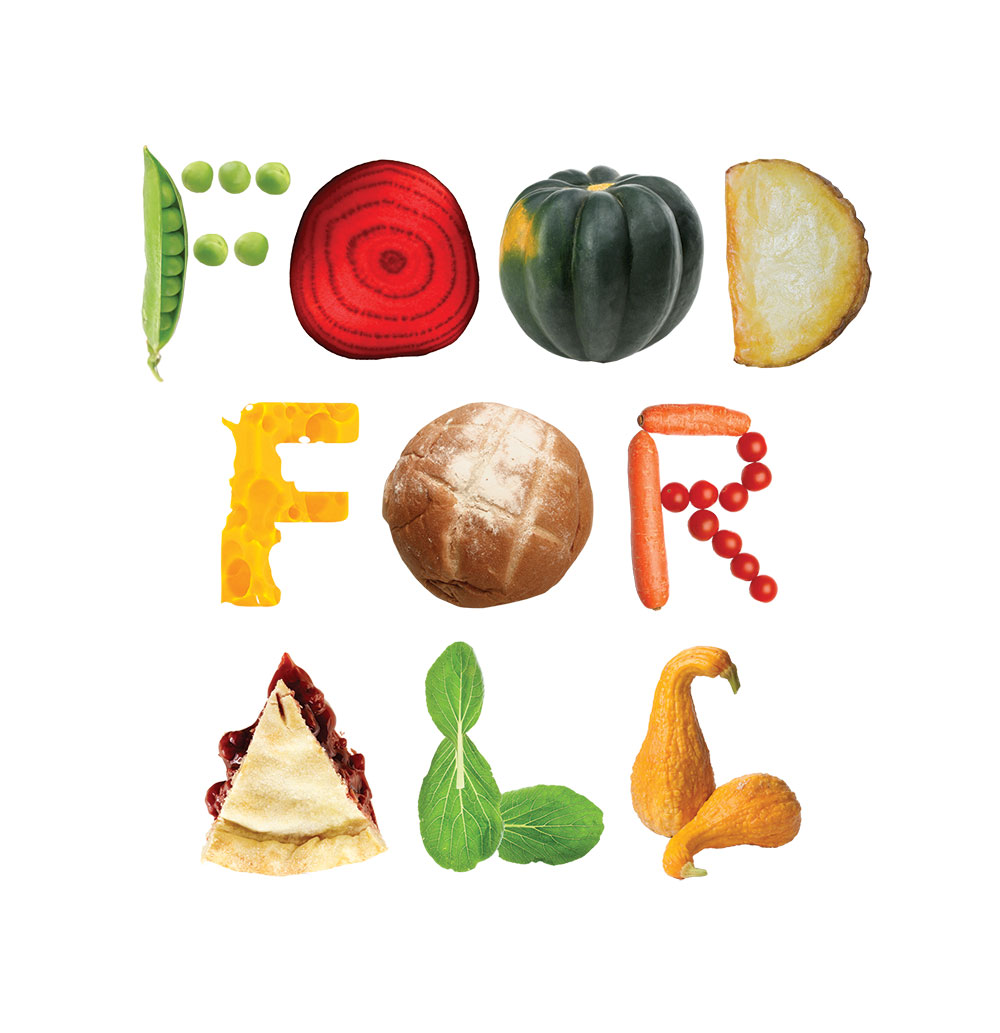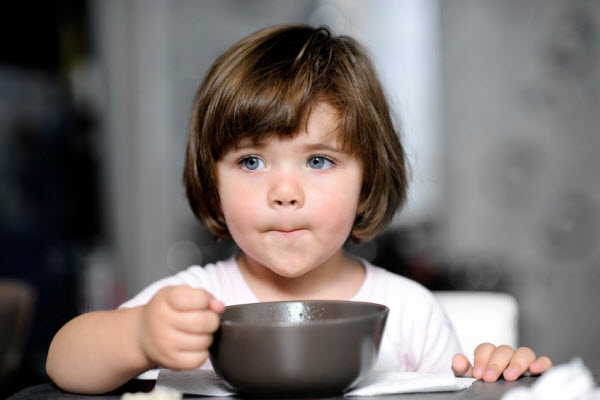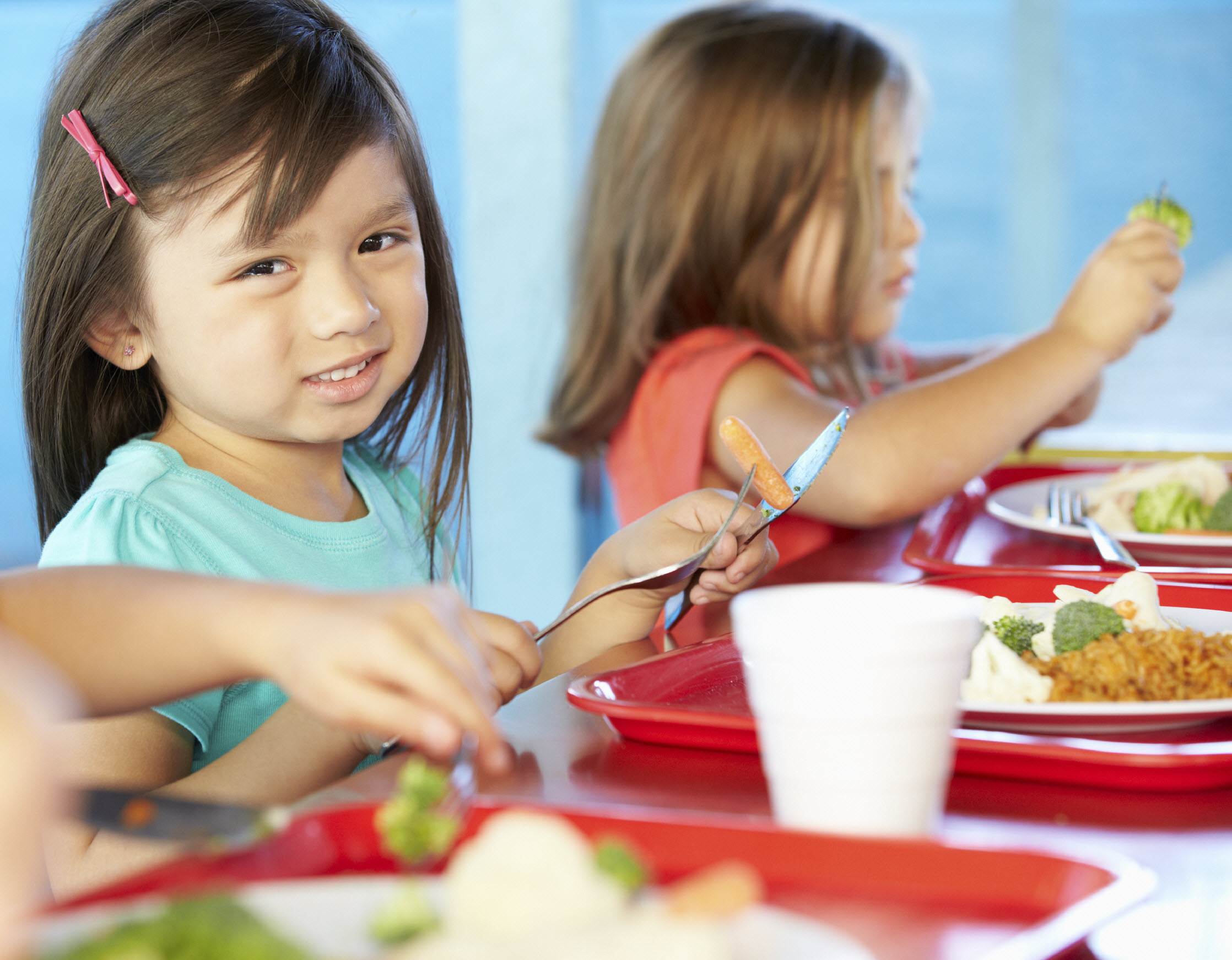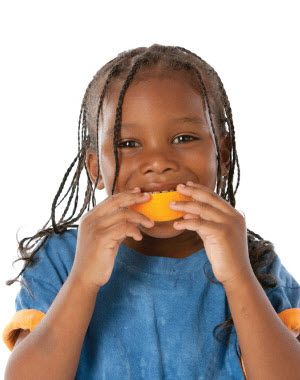
Karen Velasco is like many mothers you know. Every day, she walks the parental tightrope, trying to balance the demands of multiple responsibilities with being an active, involved mom. But this mother’s day starts earlier than most. Velasco, who lives in Mountlake Terrace with her kids, works more than 40 hours a week in customer care at a liposuction center in Bellevue. Her shift starts at 3:30 a.m.
She jokes about commuting in the dark, but Velasco really doesn’t mind. Starting work early means she gets to leave in time to be home when her kids jostle through the front door after school. It also means she gets to be with them most afternoons, nudging them about homework, watching her 14- and 9-year-olds act silly or maybe teasing her 12-year-old, who is very “serious and mature.”
Velasco also does a little extra work on the side, and is hoping to start getting commissions soon from a company she describes as newly launched. “Whatever I have to do or how hard I have to work,” Velasco says, “to do it for my kids? I have no problem.”
It took Velasco five months after her soon-to-be ex-husband moved out before she admitted she did have problems, that despite her determination and strong work ethic, she needed help. A few days before we first spoke, she had finally signed up for food stamps, for the first time in her life. “I had to,” she says. “I needed to feed my kids.”
 Real faces of need
Real faces of need
Ask most people to picture a person on food stamps and chances are a working mom like Velasco isn’t who springs to mind first. “People tend to think that those who need help with food are all homeless and don’t have a job,” says Kevin Mullins, cofounder and executive director of the “food rescue” group Community Plates. In fact, a whopping 93 percent of those who sought assistance from charity-run food programs nationwide in 2013 lived in stable housing situations.
Not only that, more than half of all households helped last year had at least one adult who worked, according to national nonprofit group Feeding America. Add a kid and the number of households soars. In more than 70 percent of all households with kids nationwide that received help from charity-run food programs last year, there was at least one adult who worked. And nearly half of those adults worked full time.
Western Washington mirrors these trends. Last year, 94 percent of those helped by Food Lifeline food banks in our area were in “non-temporary” housing. In 71 percent of the households with kids, at least one adult had a job during the year. Other sobering facts? Nearly 40 percent of all those helped by Food Lifeline programs locally were younger than 18. Statewide, Northwest Harvest estimates, a staggering one in five kids lives in a family suffering with food insecurity or hunger.
Brian Anderson has seen firsthand the faces of those in need. Anderson manages the Pike Market Food Bank in Seattle. So far in 2014, the food bank has seen a 23 percent increase in the total number of people visiting, compared to the same period in 2013.
Because of senior housing located nearby, more than half of Pike Market’s clients are older than 55. But young mothers, veterans, retired schoolteachers and service industry workers “shop” the food bank, too. “They have one thing in common,” Anderson says. “They need our help.”
A whole new group of people have become food insecure since the recession. But like always, kids are also suffering.
— Kevin Mullins, cofounder and executive director of Community Plates
‘Food security’
Talk to anyone studying these issues and sooner or later, you’ll hear the term “food security.” In 2006, a panel of experts argued that the term “hunger” referred more to a physical feeling than the complex series of problems surrounding food in our country today. The U.S. Department of Agriculture (USDA) agreed. Now it tracks “food security,” defined as “access by all people at all times to enough food for an active, healthy life.”
Every year, the USDA’s Economic Research Service issues a report tracking people who suffer “low” or “very low” food security. Basically, a family with kids suffers “low food security” when several times throughout the year, they don’t have enough resources to provide an adequate amount of healthy food for all family members. A family with kids has “very low food security” when one or more family members go hungry during the year because the family cannot afford sufficient quantities of food.
For years before the recent recession, “low food security” rates hovered at right around 11 percent of the U.S. population. “Very low food security” made up less than 4 percent. But after December 2007, low food security percentages rose to nearly 14 percent of the population.
More disturbing, the number of those suffering very low food security nationwide increased to nearly 6 percent after the start of the recession. Even after the recession’s declared end, in 2013, the national numbers remained almost as high, bringing them more in line with the slightly higher rates in Washington state from 2009 to 2011. But it also reflected a new reality of need. “A whole new group of people have become food insecure since the recession,” says Mullins. “But like always, kids are also suffering.”
Seeing the need
It isn’t hard to get produce donated in the fall, says Ted Richardson, manager of the Hopelink Kirkland/Northshore Food Bank. And sometimes there is a bounty of it. During a recent week, that was certainly the case. “One thousand pounds of eggplant,” Richardson says, laughing. “They were beautiful. Lots of people got to try something new.”
In the food bank’s produce section, waxy green peppers and tightly wrapped onions almost spill from their bins. They contrast with the space on the shelves nearby: Those hold only a single kind of soup. Richardson wishes for more variety, absently straightening some cans. “Milk, eggs, protein, diapers,” Richardson ticks them off on his hand. These are what people need the most — and what donors seem to give the least.
Anderson of the Pike Market Food Bank has a similar list. “Protein is the biggest challenge for us,” he says. Anderson wishes he had more milk, meat and eggs on his shelves. “We feed 500–600 households per week,” he notes. His small budget just can’t buy enough.
 Fighting hunger and being ‘green’
Fighting hunger and being ‘green’
Imagine buying a cart full of food and then stopping at a trash can near the grocery store exit to throw out nearly a third of it. That is about how much food an average American family tosses out every year, according to a recent report by the research arm of the USDA. The habit is wasteful and bad for the environment — so bad, in fact, that the carbon footprint of all the wasted food worldwide is bigger than that of every country in the world except the U.S. and China, according to the Food and Agriculture Organization of the United Nations.
Maybe they can’t be in your shopping cart helping you buy less food, but Community Plates’ Mullins and Tim Jenkins of Seattle Food Rescue have found ways to redirect food that would otherwise be wasted. At Community Plates, Mullins and others use an app to coordinate volunteer drivers who pick up and drop off donated food in their own cars. Mullins, a father of three, proudly notes that from October 2013 to October 2014, Community Plates rescued 3.3 million pounds of food at four locations in Connecticut and New Mexico. A new Community Plates location just opened in New Orleans, and Mullins expects more growth in the years ahead. He’d love to see a Community Plates in Seattle someday.
Jenkins started Seattle Food Rescue just a few months ago. In July, the group celebrated having rescued 10,000 pounds of food. More impressive, all that food was moved by bike. “Bikes can go a lot of places downtown that would take forever in a car,” Jenkins points out. “And parking isn’t usually a problem.” What about those big Seattle hills? “Well, the volunteers are also getting a good workout,” Jenkins jokes.
Mullins and Jenkins are part of a larger food-rescue trend being embraced nationwide. Even big grocery-store chains such as Kroger Foods are involved, after seeing it work on a smaller scale. Groups like City Fruit, founded in Seattle in 2008, glean fruit and other growing food from local trees and yards (with permission), and then take the harvest to a local food bank. Share-the-harvest programs, such as the national Plant a Row for the Hungry, encourage people to donate some of what they grow or to grow an extra row of fruits or vegetables specifically for giving away.
At the Roosevelt P-Patch in Seattle, Renee Davis points to new raised beds. The soil is bad, and Davis will have to amend it in spring before planting, but she is making progress. The beds are part of the P-Patch giving garden, planted and grown by Davis and her family solely to donate. “Stuff that is easy to grow isn’t always what people want to eat,” she says, pointing to spires of a tough-looking plant with a name I can’t pronounce. Whatever it is, she will take it to the University Food Bank with the rest of her harvest this week. “Someone might want it,” she says, “and there is so much need.”
 Signs of hope?
Signs of hope?
Earlier this year, funding for Supplemental Nutrition Assistance Program (SNAP) benefits was cut by Congress ($8 billion over 10 years). As a result, in Washington state, benefits for families will be cut by an average of $90 per month in November, according to Sharon Beaudoin, chief operating officer of WithinReach, a Seattle-based nonprofit that serves about 250,000 people a year. The good news? The reduction is expected to last for only two months because Gov. Jay Inslee plans to implement a fix.
Beaudoin thinks more people are starting to ask for help because there is less stigma attached to being in need than ever before. Yet social service organizations still have to fight some myths. “A common misperception we hear a lot is that people think if they enroll in food assistance programs that they are taking food away from someone who needs it more,” she says.
Ultimately, though, Beaudoin believes a deeper conversation is required. “Emergency food assistance and charity are not the way to feed our nation,” she says. She hopes to see the state build on or expand successful programs and make broader changes to improve food security overall. For his part, Mullins sees an end to the fight. “Hunger is a problem with a shelf life,” he says, “especially in such a rich country.” In fact, Mullins predicts that what he calls American hunger will end in the next 15 years.
Mom Karen Velasco isn’t looking that far ahead. She only needs a little help, she says, until she is back on her feet. For now, though, she’ll use food stamps and do whatever else she has to do to take care of her kids — just like most parents you know.
To get help or give help
Getting started
The nonprofit that helped Karen Velasco, WithinReach Washington, runs a statewide Family Health Hotline (800-322-2588) and website where you can find a local food bank or meal program and figure out whether you qualify for any government food aid.
Other nonprofits offer similar options for their clients, such as Hopelink (in parts of King County; ). Washington state’s telephone hotline for help with receiving services is 2-1-1. The state also runs a searchable website of food banks and other resources.. You can find a link for the food bank database on the right hand side under Food Pantry/Food Bank.
Bonus: Most of these services can also help with other needs such as finding child care, free or low-cost car seats, and free or reduced-cost health and dental care for your kids.
Free breakfast and lunch
Your child automatically qualifies for free or reduced-cost meals at school if you are on certain food-aid programs, such as Supplemental Nutrition Assistance Program (SNAP). Ask for the form at the office of your child’s school. A recent study showed that most Washington parents of eligible kids don’t know their child also may be able to get a free or reduced-cost breakfast at school, so be sure to check.
Bonus: When school is out, kids younger than 18 can still get free meals at one of the hundreds of Summer Meals locations throughout the state. Starting in May of each year, ParentHelp123 operates a searchable database of the available programs. You can also call its Family Health Hotline at 800-322-2588.
Baby/toddler supplies
Thanks to local nonprofits like Seattle’s Solid Ground, many food banks and social service agencies often have baby food, toddler snacks and those all-important diapers for families in need. To find out which sites receive Solid Ground supplies, visit their website or call the organization toll-free at 866-297-4300.
Local food banks sometimes offer similar programs, such the Snoqualmie Valley Food Bank’s monthly Eastside Baby Corner, where parents get baby food and other much-needed supplies (appointment needed); 425-888-7832 or go online.
Bonus: If your child is younger than 12 and your family is served by Thurston County Food Bank, the folks there offer qualifying parents a birthday bag — complete with cake mix, frosting and even small party favors — when the child’s birthday is near.
Learning about food
King County nonprofit Solid Ground partners with Share Our Strength and the No Kid Hungry campaign to run occasional, free six-week-long Cooking Matters classes, which teach meal planning, budgeting, healthy cooking and more (). You can also find shorter classes through other providers, such as the Thurston County Food Bank, which offers frequent “food demos."
Getting involved
The following are only a handful of the great programs in the Seattle area:
- Seattle Food Rescue: Join Tim Jenkins in rescuing food downtown using bikes.
- Pike Market Senior Center: Sign up to help rescue food for the Pike Market Food Bank.
- The Garden Writers Association has information on how you can start a “plant a row for the hungry” program, if there isn’t one in your area. In Seattle, Solid Ground’s Lettuce Link office coordinates plant-a-row programs and also runs an organic farm with a giving garden. Everett's Red Barn Community Garden offers a similar garden.
- The Lettuce Link blog has a list of contacts for gleaning groups, such as City Fruit, in western Washington. Look here for a list of Seattle food banks that accept fresh food donations.











